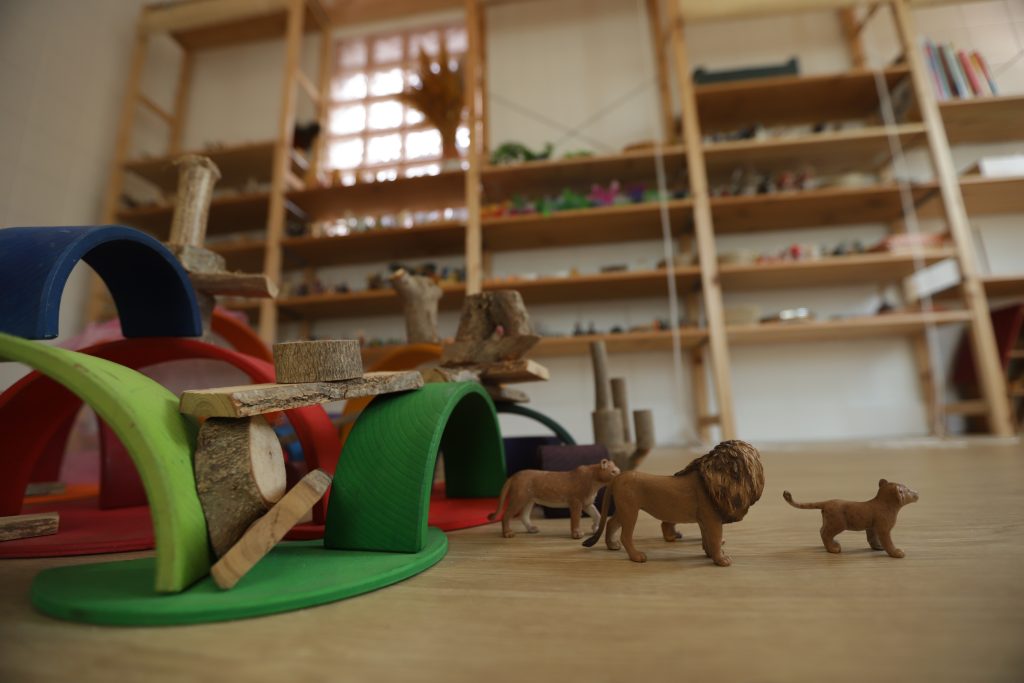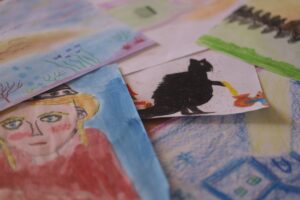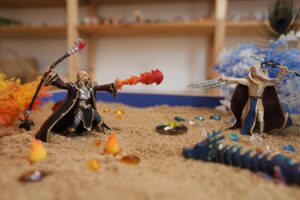Child psychotherapy
“The foundations of adult health are laid in all phases of infancy and childhood.”.
D.W. Winnicot

In childhood, the way we perceive, feel, and express our inner world is different from how we experience it in adulthood. Since the brain and body of children are in continuous development, they go through various stages. Their language, emotional management, and capacity for abstraction and symbolism gradually develop. This is why child therapy uses different methods and languages than adult psychotherapy.





The fundamental tools used in therapeutic work are through play, expressive languages (drawing, modeling, music, writing), sandplay, storytelling, puppetry, and movement. These tools provide a wonderful opportunity to delve into the symbolic and understand the inner world of children, while also allowing them to project their emotional universe, explore their inner world, process their experiences, and give new meanings to them.
In the therapeutic process, it is essential to include work with the family system that embraces, nurtures, and supports each child. In this space, the family can express their feelings as well as their concerns about parenting, in a non-judgmental atmosphere of deep respect that allows them to connect, understand, and reframe both their child’s distress and their own.
Some of the symptoms that may be present include:
- Academic failure
- Learning difficulties
- Bullying
- Low self-esteem
- Social difficulties
- Difficulty with boundaries
- Disruptive behaviors
- Difficulty in emotional regulation
- Grief, separation
- Trauma
- Anxiety
- Obsessions
- Depression
- Hyperactivity
- Irritability
- Fears
- Sleep disorders
- Eating disorders
- Addictions
- Enuresis or encopresis

